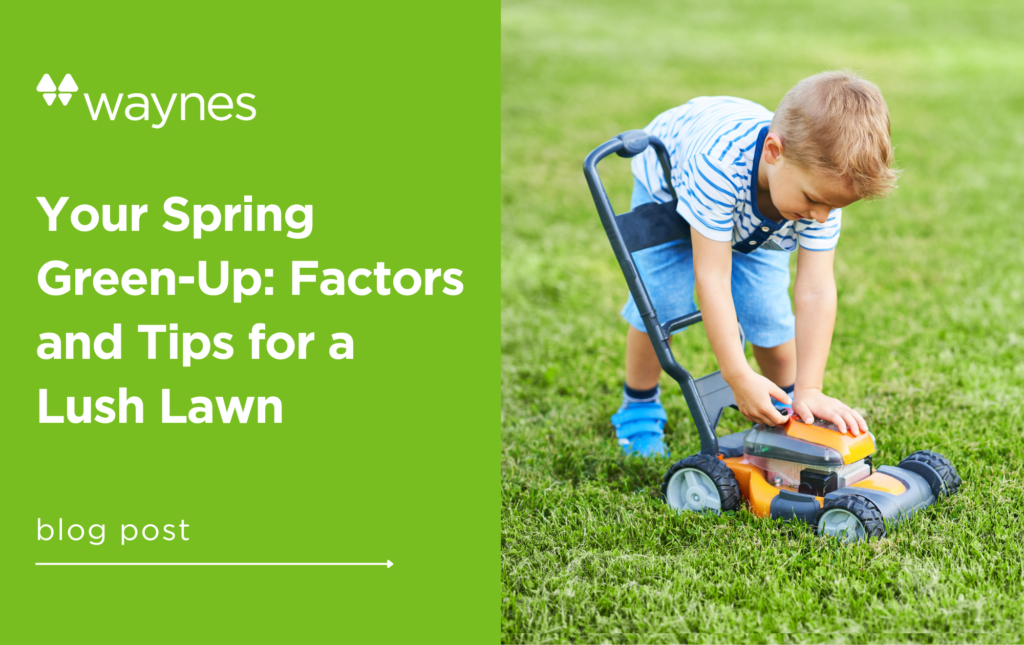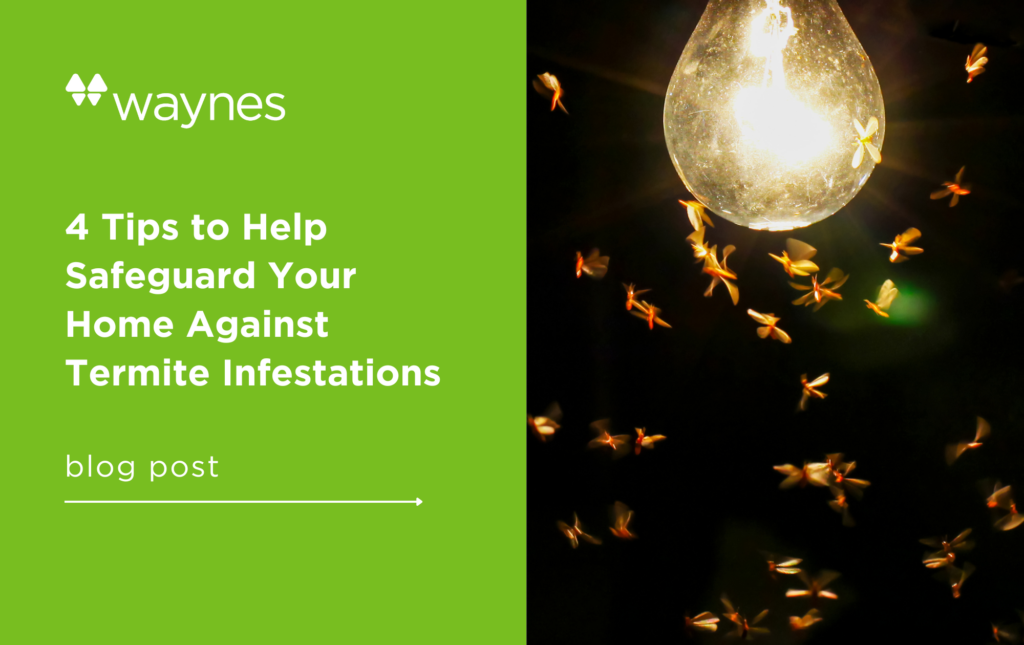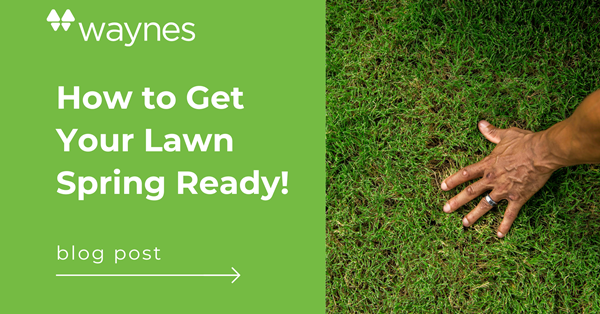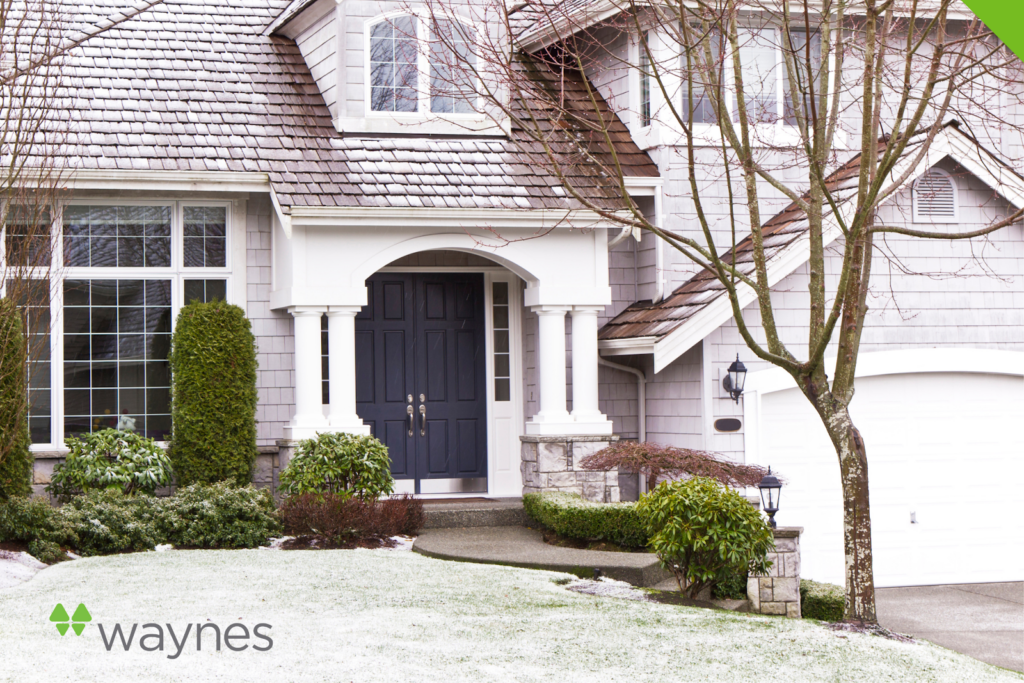We all need a fresh start sometimes. If 2022 is the year you want to give new life to your yard, you’ve come to the right place! Spring is the perfect time to lay sod for warm-weather grasses such as Bermuda and fescue.
Proper planning will ensure that when your sod puts down its roots, you’ll have a sea of beautiful, healthy, green grass for years to come.
Here is everything you need to know when replacing your grass this spring.
If you’re not replacing your grass, but your yard needs some TLC this season, give us a call!
Sodding vs. Seeding
Before we go any further, we want to acknowledge that while there are two great options for replacing your grass, this article will focus on sodding.
Sodding is the process of transplanting mature rolls of turf that have been grown and cared for by a professional. Sod is the more expensive option but gives you an “instant green yard” once the grass has been laid.
Seeding involves planting and sprouting your own grass from seed. It is more budget-friendly but needs a lot of time and attention to ensure success. Questions about seeding your lawn? Contact our experts today!
Seven Steps to DIY Sod Installation
It’ll take you more than an hour or two to replace your grass with sod, but the hard-earned destination is worth the time and money. Preparation is key for getting your sod to take root, so we suggest planning a few weeks in advance. On the day you plan to lay the sod, make sure the weather is clear and that there isn’t a chance of rain.
Here are the seven most important steps to sod installation:
Step 1: Measure Your Yard
You don’t want to start by buying way too much or too little sod. Measure the square feet of your yard. There are some tools available that can do this for you, but it’s just as possible to measure by walking the yard yourself. Here is an easy way to measure your lawn by walking the area:
- Walk the length of your yard and note the number of steps. Then walk the width.
- Multiply the number of steps for length and width by 3.
- Multiply those two new length and width numbers to find the square footage.
This number will help you determine how much sod you need to order!
Step 2: Choose Your Sod
Most growers offer sod by strips or slabs, but each may offer different size cuts. If you need to lay sod in a larger area, it’s more cost-effective to buy larger rolls.
Always purchase a little more than you think you need. It can be determinantal to your lawn if you need to stop the installation to get more grass, and you may not be able to get it from the same grower quickly enough.
Schedule your sod delivery or pickup on the day you plan to lay the grass. Since sod is established grass, it needs to be lain within 24 hours of harvesting to survive.
Step 3: Remove Old Grass
This will arguably be the most time-consuming step. Before laying sod, the old grass and old soil beneath must be removed. You want to end up with a level stretch of soil that is roughly one inch below the surrounding surfaces.
Most home improvement retailers have sod cutters available to rent, which will make this job a lot easier.
You can compost the old sod, or call a local garden center to see if they would take it for their compost.
Step 4: Prep the Soil
Next, you’ll need to get the ground ready for your new sod. Here are a few of our top preparation tips:
- Kill any and all weeds, remove them once dead
- Water the area
- Level the soil and break up any large chunks of dirt
- Make sure the soil is loose and not compacted
- Fertilize the area to ensure a healthy starts
After all these steps have been completed, give your yard one last look the day before you lay the sod to make sure any holes have been filled in and no weeds have shown up.
Step 5: Lay the Sod
It’s the moment you’ve been waiting for. Sod needs to be laid and watered as soon as possible for the best results. Keep the sod in the shade or stored in a cool garage or shed until you are ready to unroll it.
Start by dampening the soil with a sprinkler or hose before unrolling your new turf. Unroll the first roll of sod in line with the longest edge of surrounding landscaping or concrete. This helps keep the turf straight and even.
Rake the soil as you go to remove any bumps under the surface. Lay the rolls out in a brick-wall pattern. Stagger the cuts, but be sure to leave no gaps or overlapping areas. DON’T WALK on the newly laid sod, as your body weight will shift the grass, leaving gaps or bunched areas.
Water the grass within a half-hour of being laid. After you’re done, fill in any gaps or trim the uneven edges.
Step 6: Press Down the Sod
Some people like to do this as they go, but one last pat-down of the sod will help ensure it locks in moisture so it can put down roots. You can rent a lawn roller, or use a large piece of plywood to press down the new grass instead.
Step 7: Water and Maintain Your New Yard
You’re almost done! How you care for your new yard in the next few weeks is critical to success.
Water your new sod twice a day until it takes root and adheres to the soil below it. This usually takes anywhere from two to six weeks. You can check how your sod is doing by gently lifting a corner to see if the soil below is moist, but not muddy. After it takes root, reduce your watering to a few times a week, as needed.
Be careful not to walk on the new grass in these first couple of weeks, as it is still prone to shifting or bunching. Wait until the grass grows three to four niches high before mowing.
And you now have a beautiful new yard!
Most Important Step: Call Waynes
Maintaining your lawn in the coming months and years is even more important than the steps you took in unveiling your new grass. Ongoing maintenance is vital to your new lawn. A well-maintained lawn provides curb appeal to your home and benefits to the environment. With Waynes lawn maintenance, your sod will stay healthy and strong which prevents soil erosion. Another benefit to maintaining a healthy lawn is that it acts as a filter for water and air pollutants. This helps cool things off in the warmer summer months by providing oxygen to the atmosphere.
Waynes provides the highest quality lawn care and maintenance services to ensure your lawn stays “Barefoot Good” all year round. We handle everything from fertilization treatments to getting rid of lawn pests! Keep that new lawn lush and green, call Waynes!
Contact us today for questions or a quote!









